When GPS Fades: Navigating by Stars and Tides to Reel in More Than Grouper
The vastness of the ocean has a way of stripping away modern crutches—like when my boat’s GPS screen blinked to black one dawn, leaving me adrift in a sea of blue. No coordinates, no waypoints, no digital breadcrumbs. But as I gripped my fishing rod, I remembered the lessons my father taught me years ago: the stars were humanity’s first GPS, and the tides, its ancient compass. What followed was a 36-hour odyssey that taught me just how resilient traditional navigation is—and how it could transform my fishing.
Reading the Sky: A Celestial Roadmap
Without GPS, I relied on the "stellar compass" I’d studied as a child. The Southern Cross, a diamond-shaped cluster, pointed south; the North Star, Polaris, anchored the northern horizon. I memorized their positions at sunset, noting how they shifted with the hours, and cross-referenced them with the moon’s phase (a full moon meant brighter skies but stronger tidal currents). Tides, too, became my allies: high tide brings fish closer to shore, while ebbing waters funnel prey into channels. By dawn, I’d plotted a rough course using the angle of the sun’s arc—an old sailor’s trick to gauge direction without a compass.
Rigging for the Hunt: Tuning Rods and Choosing Fishing Lures
Back on the deck, I turned to my gear, knowing that even without tech, the right equipment could make or break the catch. First, I tuned my jigging rod: a 7-foot graphite rod designed for deep-drop fishing. I adjusted the guides to eliminate line friction, ensuring smooth retrieves—a critical step when tempting grouper with fast, aggressive strikes. Next, I selected a spinning jig—a 150g metal lure with a treble hook, its weight chosen to sink quickly to the reef depths where grouper lurk. Spooling my reel with braid wasn’t just about strength; the thin, abrasion-resistant line allowed me to feel every tap of the bottom, a vital connection when visibility was zero.
Fishing by Feel: When Technique Trumps Tech
Hours passed as I scanned the water, not for GPS markers, but for signs of life: jumping fish, diving birds, or the faintest ripple near a coral head. When my jig hit the seafloor, I waited—counting to seven, then eight—letting the spinning jig settle into the grouper’s domain. Then, a sharp snap: the rod bent double as a 10-pound blacktip grouper struck. The fight was visceral, a test of strength between man and fish, with nothing but my skill and the reel’s drag to guide me. When I finally reeled it in, the fish glistened in the morning sun, a trophy from a journey that felt more raw, more connected, than any guided tour.
Lessons from the Void
That trip taught me two things: first, that the ocean rewards humility—you can’t out-tech nature, but you can learn its language. Second, that fishing isn’t just about the catch; it’s about the dance between tradition and instinct. My tuned jigging rod wasn’t just a tool; it was an extension of my connection to the sea. The spinning jig and spooled lineweren’t just gear—they were links in a chain of knowledge passed down through generations.
When we rely solely on screens, we miss the subtle symphony of the stars, the rhythm of the tides, and the thrill of a fight won by feel. So next time you hit the water, consider silencing your GPS—not to disconnect, but to reconnect. The fish might be there, but so will the magic of navigating by the same stars that have guided fishermen for millennia.
The ocean doesn’t need our tech; sometimes, we just need to listen.



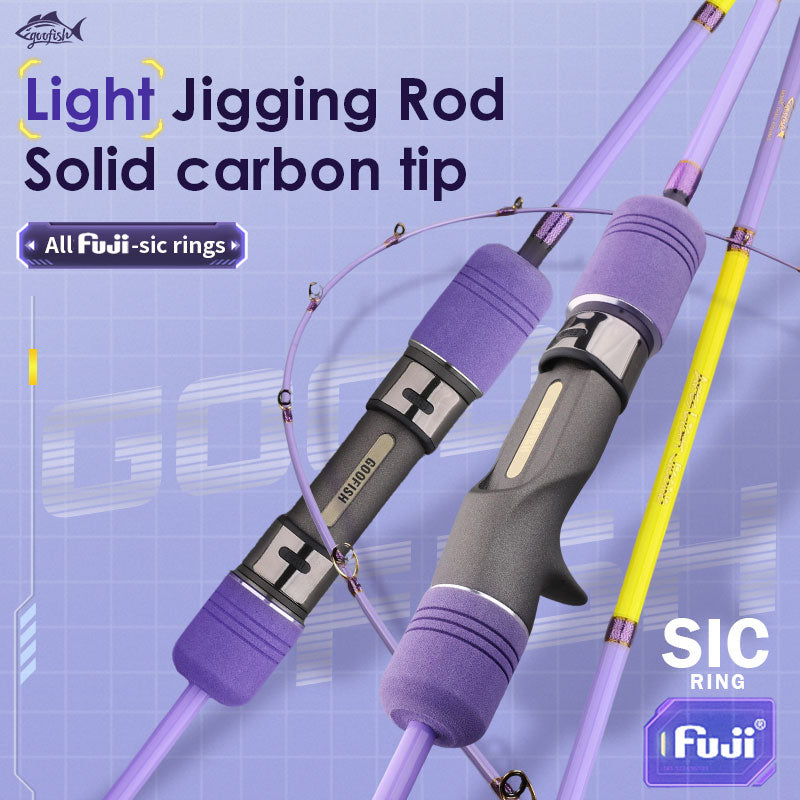
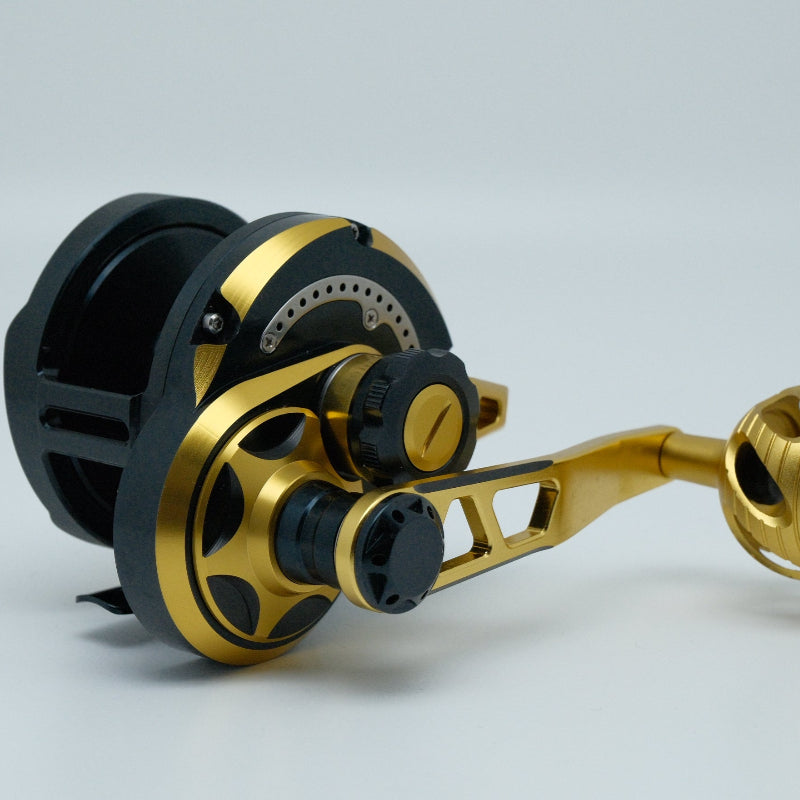
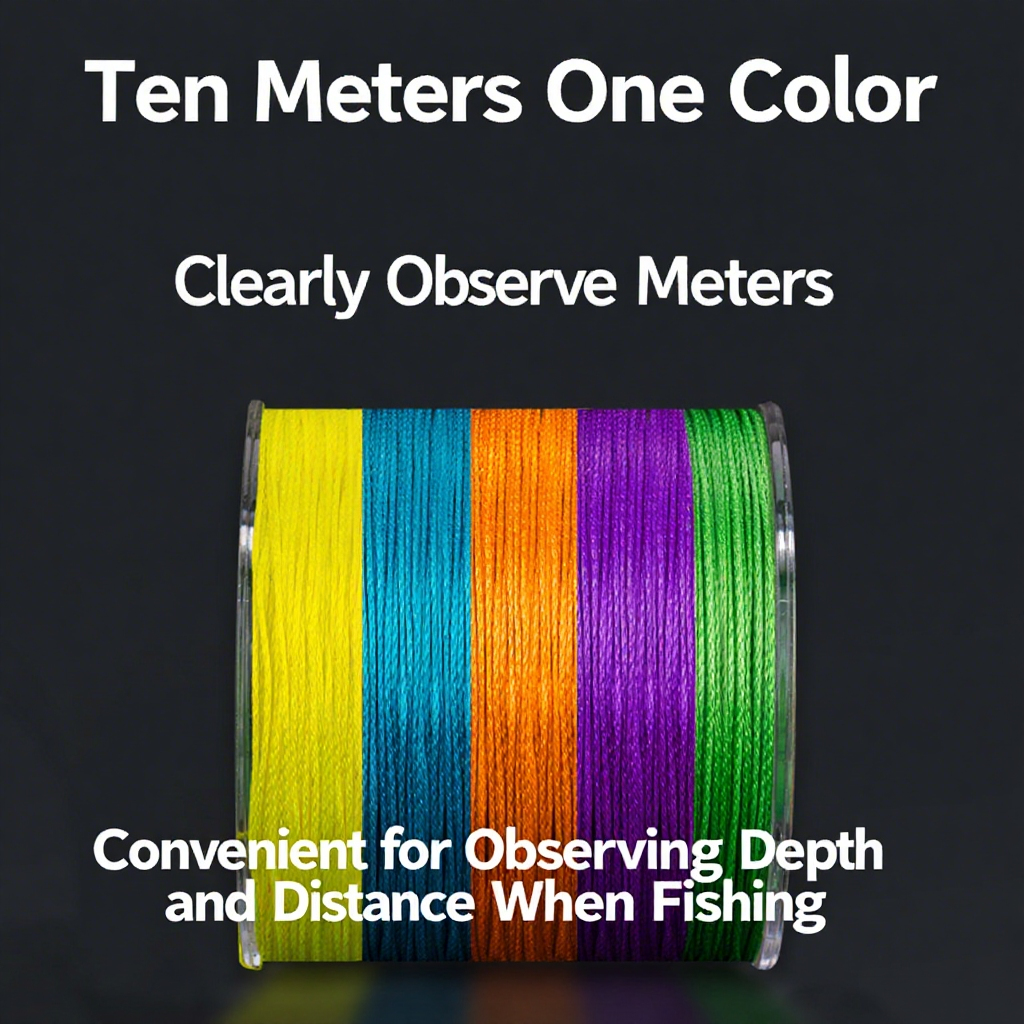
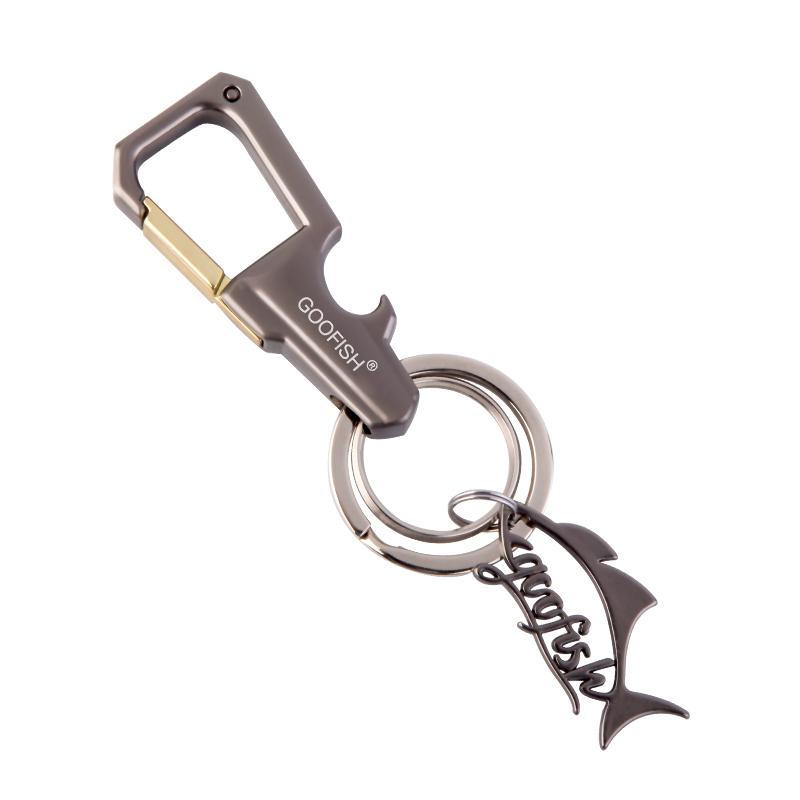



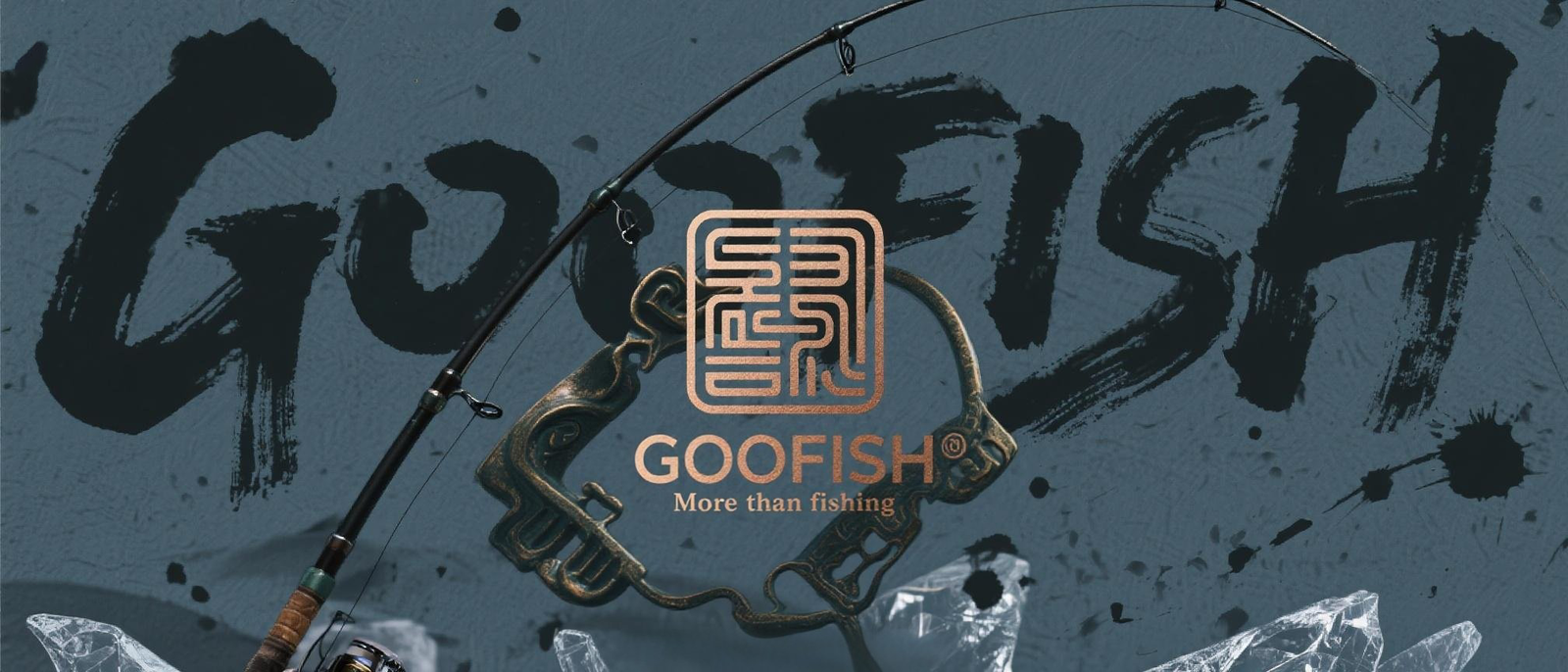
Leave a comment